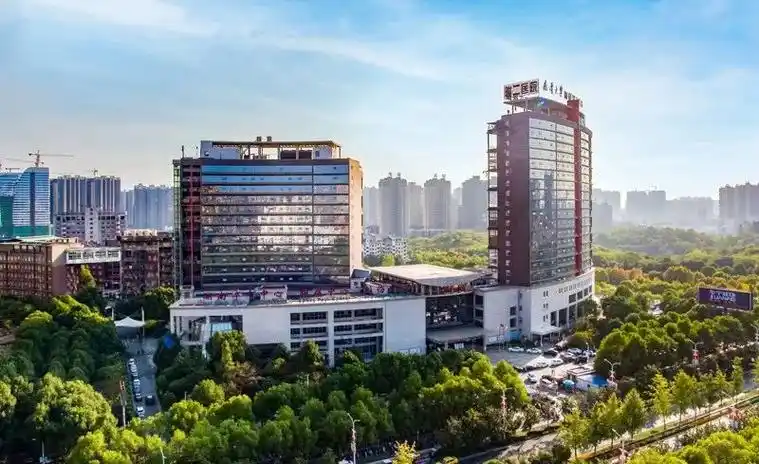| Second Affiliated Hospital of University of South China |
| From:衡阳党政门户网 | Date Add in:2025-09-17 10:41:56 [A A] |
|
The Second Affiliated Hospital of University of South China is a large-scale comprehensive 3-A hospital integrating medical services, education and research. It is a pilot hospital in Hunan Province for establishing a modern hospital management system. The new hospital is located at No. 35 Jiefang Road, Hengyang, Hunan Province. The current hospital director is Liu Wenjie. The Second Affiliated Hospital of South China University was established in December 1949. On November 1951, it was renamed First Hengyang Municipal Hospital. In 1959, the Department of Traditional Chinese Medicine was established. In 1961, it began to undertake clinical internship and practice teaching tasks for medical students. In April 1969, it was named the General Outpatient Department of Hengyang City Disease Prevention and Control Hospital. In June 1972, it was transferred to Hengyang Medical College and renamed the Affiliated Hospital of Hengyang Medical College. In July 1977, it was renamed Hengyang Medical College Affiliated Hospital. In 1980, the Department of Respiratory and Critical Care Medicine was established. In October 1983, it was renamed the Second Affiliated Hospital of Hengyang Medical College. In 2009, it was renamed the Second Affiliated Hospital of South China University. In September 2009, the new hospital area was put into use, and the hospital entered the era of one hospital with two areas. On June 6, 2020, it was selected as one of the medical institutions in Hunan Province conducting nucleic acid testing for the novel coronavirus. On January 18, 2024, the well-known expert outpatient clinic was officially inaugurated and opened. On March 27, the new hospital's integrated diagnosis and treatment center of the traditional Chinese medicine department was re-opened after renovation. As of May 2024, the hospital has 2,249 employees, 2,023 professional staff, covers an area of over 150 acres, has a building area of 160,000 square meters, and has 1,850 beds. It has 35 clinical departments, 47 wards, 62 nursing units, and 9 medical technology and key laboratories. There are currently 1 national clinical key project, 3 national clinical key project cultivation projects, and 9 provincial clinical key projects. |
Co-sponsored by Information Office of Hengyang Municipal People's Government Technical Support & Design:Hengyang Normal University
ICP NO:05002289
